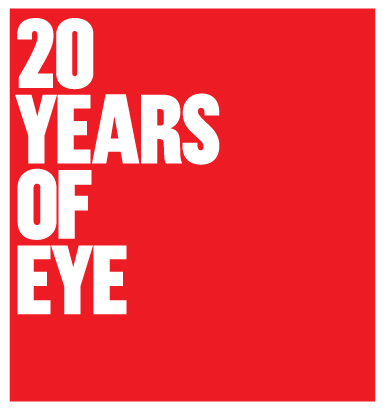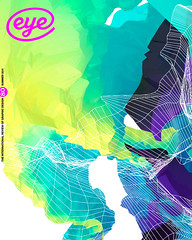Summer 2011
Dreams can come true
As previously opposing worlds collide, Johnny Hardstaff envisages new designer-client relationships

Please permit me a moment of professional candour: the dream I have been chasing since leaving St Martins in 1992 has been to be paid, as a designer, to make just whatever I want. Not what the client wants, but what I want. Some might consider this a move from design to art; I would strongly disagree. The model I have dreamt of is essentially design-based; it is just that it requires the designer not only to design the solution but to understand the necessity / problem and write the brief too: the designer as instigator.
If the past two decades are best described as an accelerated period of technological democratisation and growth, then I predict that over the next two decades we will learn how to harness these technologies in order to radically redefine the function and definition of the ‘designer’. Yet it is the revolution in distribution that is now having the greatest impact on how we designers work – and, much more importantly, on what it is that we make.
It was always hard to be genuinely impressed by the subtle nuances of a commercial designer’s deft touch within a tight brief for a conservative client, but even more so now, when the worlds of graphic design, illustration, fashion and moving image are colliding with technology and with each other in one splendidly protracted creative car crash. Convention and minutiae leave me cold. I’m impressed by emphatic and remarkable creative visions, and it seems clients are too.
The mass audiences of old have fragmented into fluid, shifting subcultures, and while television reels from the Web’s knockout punch, commercial imperatives have ensured that advertising is quick to adapt to a deregulated environment. Once advertising shouted at the nation, but in a world of the ‘Like’ button, clients need to whisper. It is no longer a monologue but a shifting, fickle dialogue, and, as a result, clients’ messages are becoming not only more targeted but much more adventurous.
In short, my dream is coming true. Clients are learning to recognise left-field creativity and, delicately, buy into it. Where once they might have tried to shape it, they are often now becoming sponsors, remote patrons even, and thus empowering designers to say more in very different ways with far less external control and censorship. Both audiences and designers are getting what they want. Better value, better opportunities and better experiences.
The stigma that once followed ‘advertising’ around already looks outmoded – the sector increasingly offers the most significant and viable opportunities for creative freedom. Over the past year I have initiated projects that begin to allude to this significant change; completed projects that would never have happened two or three years ago (such as Darkroom for Philips Cinema Parallel Lines – corporate clients currently seem most interested in the point where interactivity and storytelling meet); and welcomed yet more potential projects in through the door.
As commissioning models explode, we will see the rise of niche designers: subcultural specialists defined not by any one discipline but by their own particular interests. We will see greater value placed on self-initiated / authorial projects, and witness an expansion of thrilling creative visions from a radically different design community.
Tomorrow will be most exciting for the design students of today. Why gain work experience, when your role is to redefine how design works? Why even try to understand what ‘commercial’ means, when commerce itself is chasing non-commercial messaging? Why be overly immersed in specialist ‘design skills’, when your role as a designer is to expand and think beyond the medium? In fact, why be at all pragmatic, when dreaming is of such significantly greater value?
It won’t be for everyone, but then nothing ever is. Let’s reconvene in 2031. It’s a bold claim for bold times, but now has never been more exciting.
Johnny Hardstaff is a director and designer at RSA Animation, London
First published in Eye no. 80 vol. 20.

